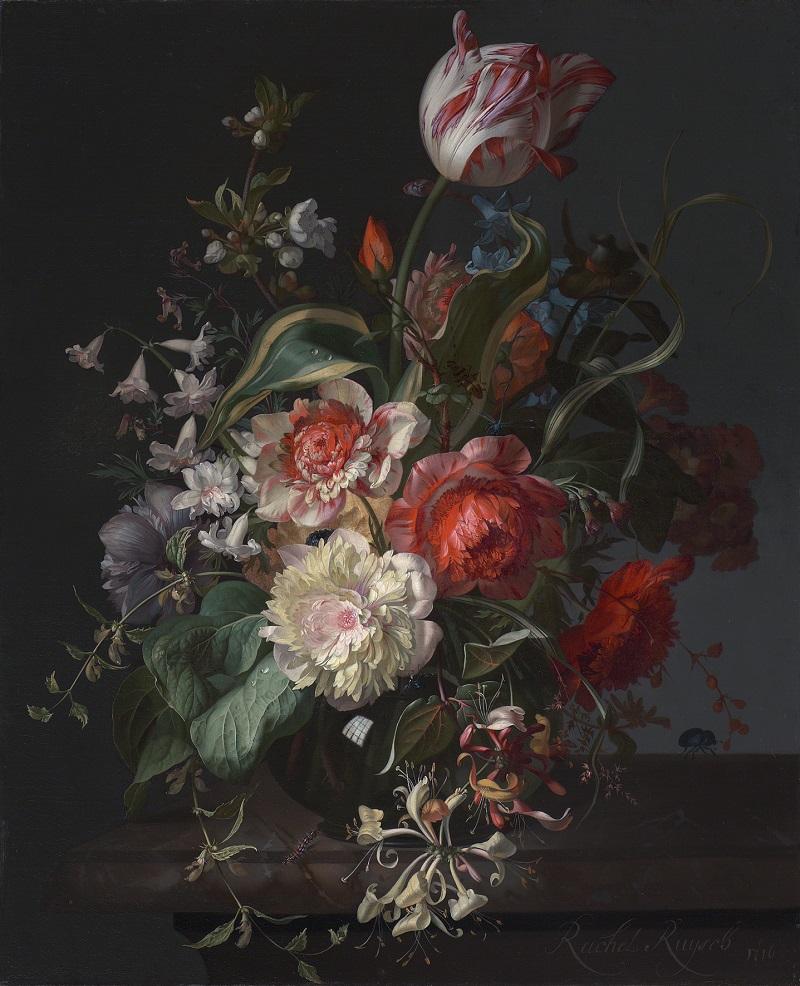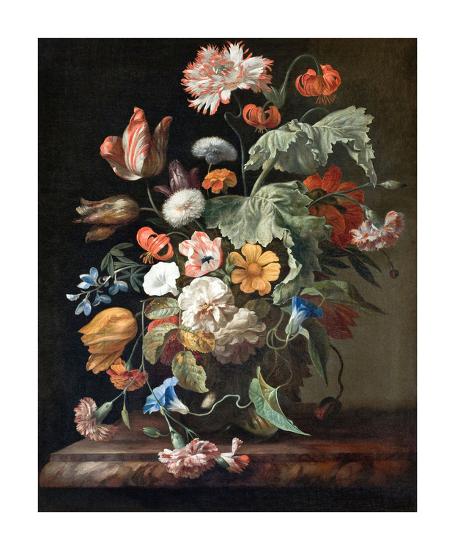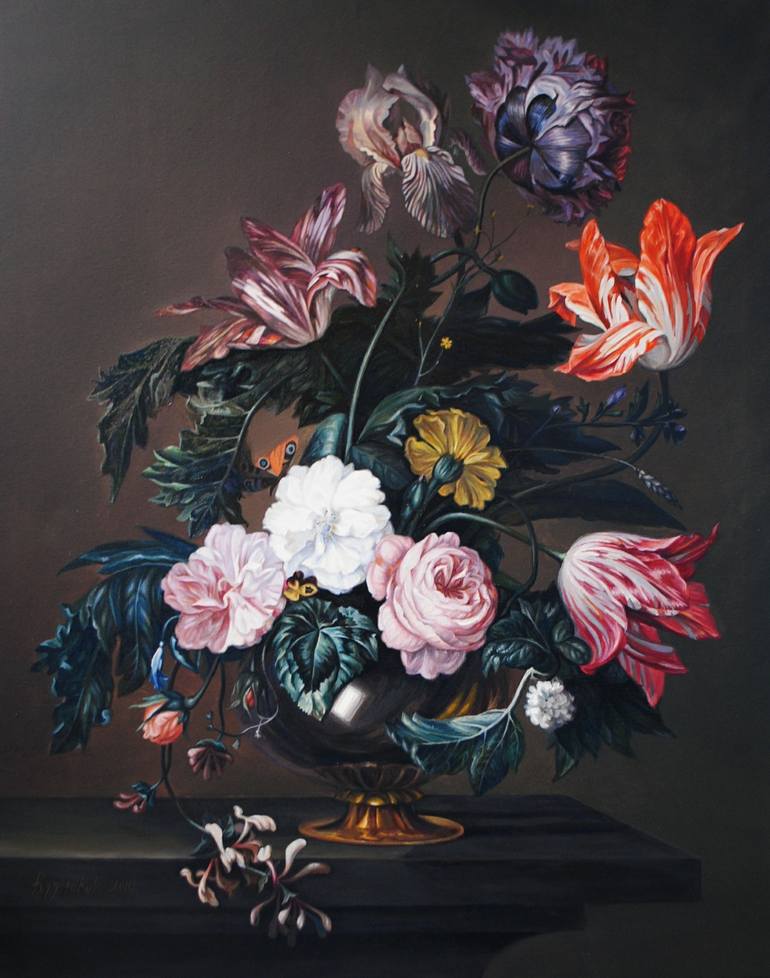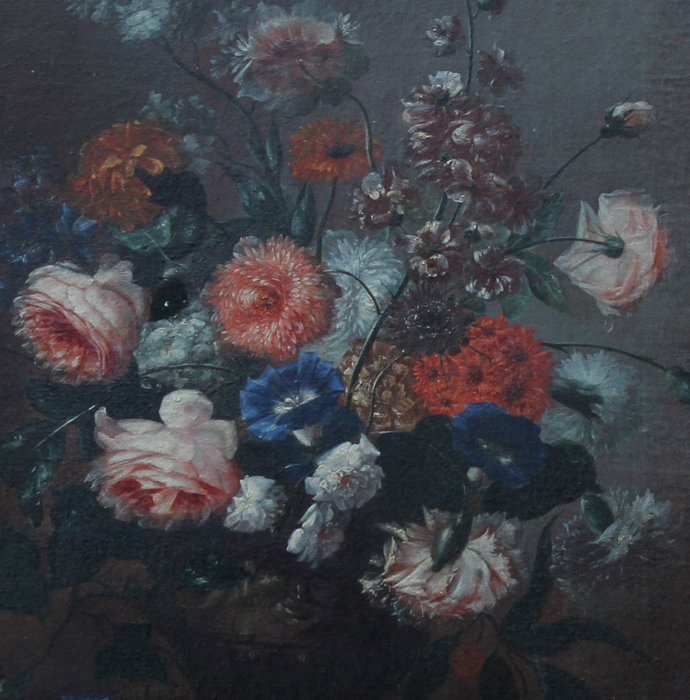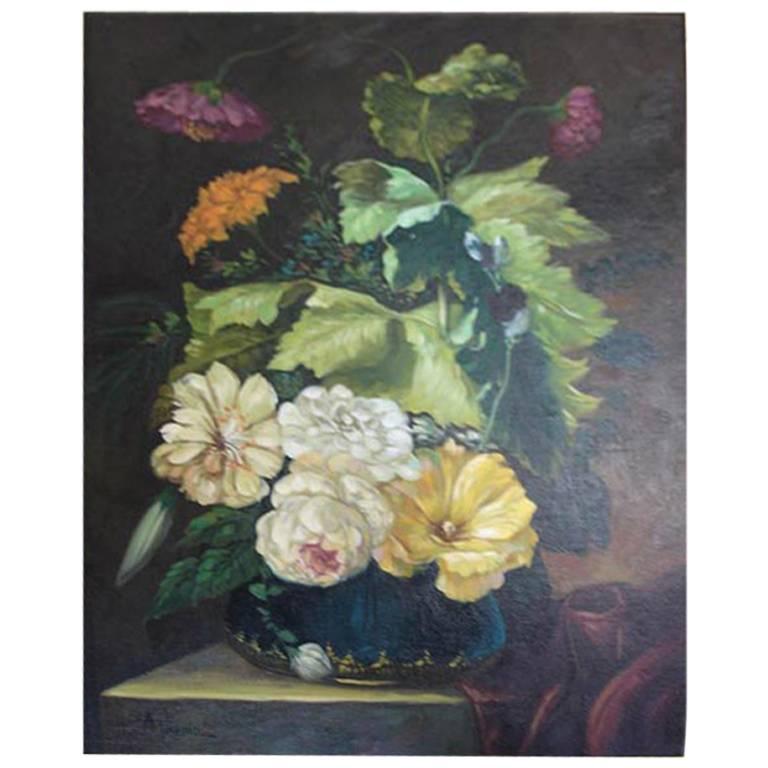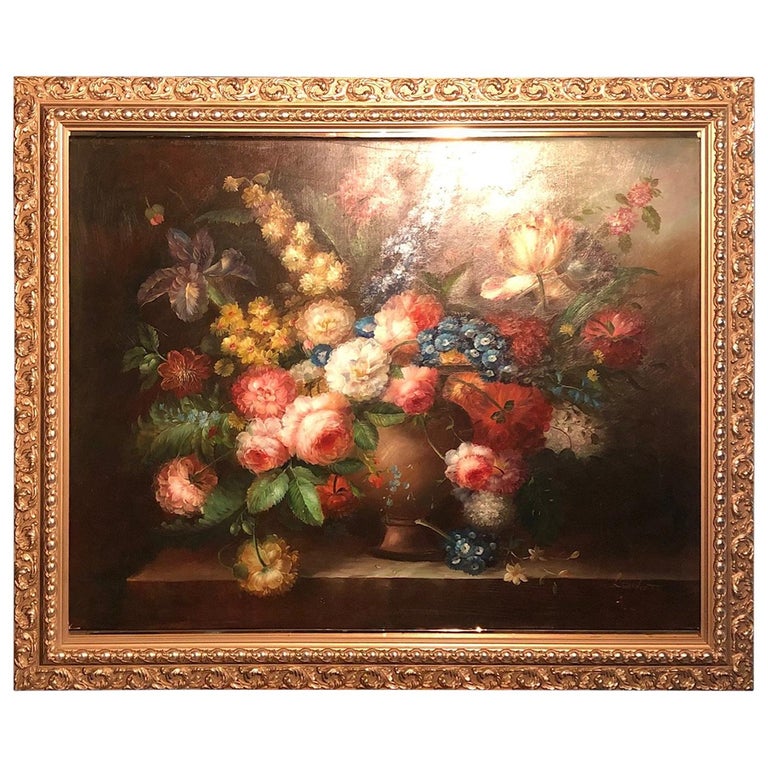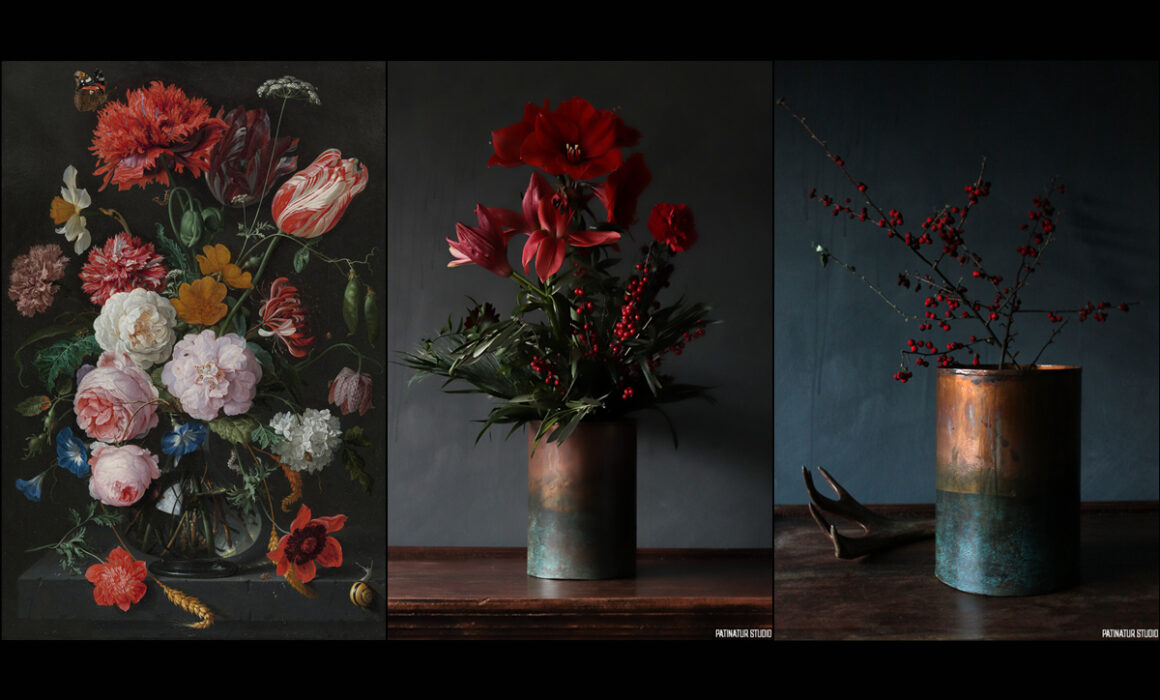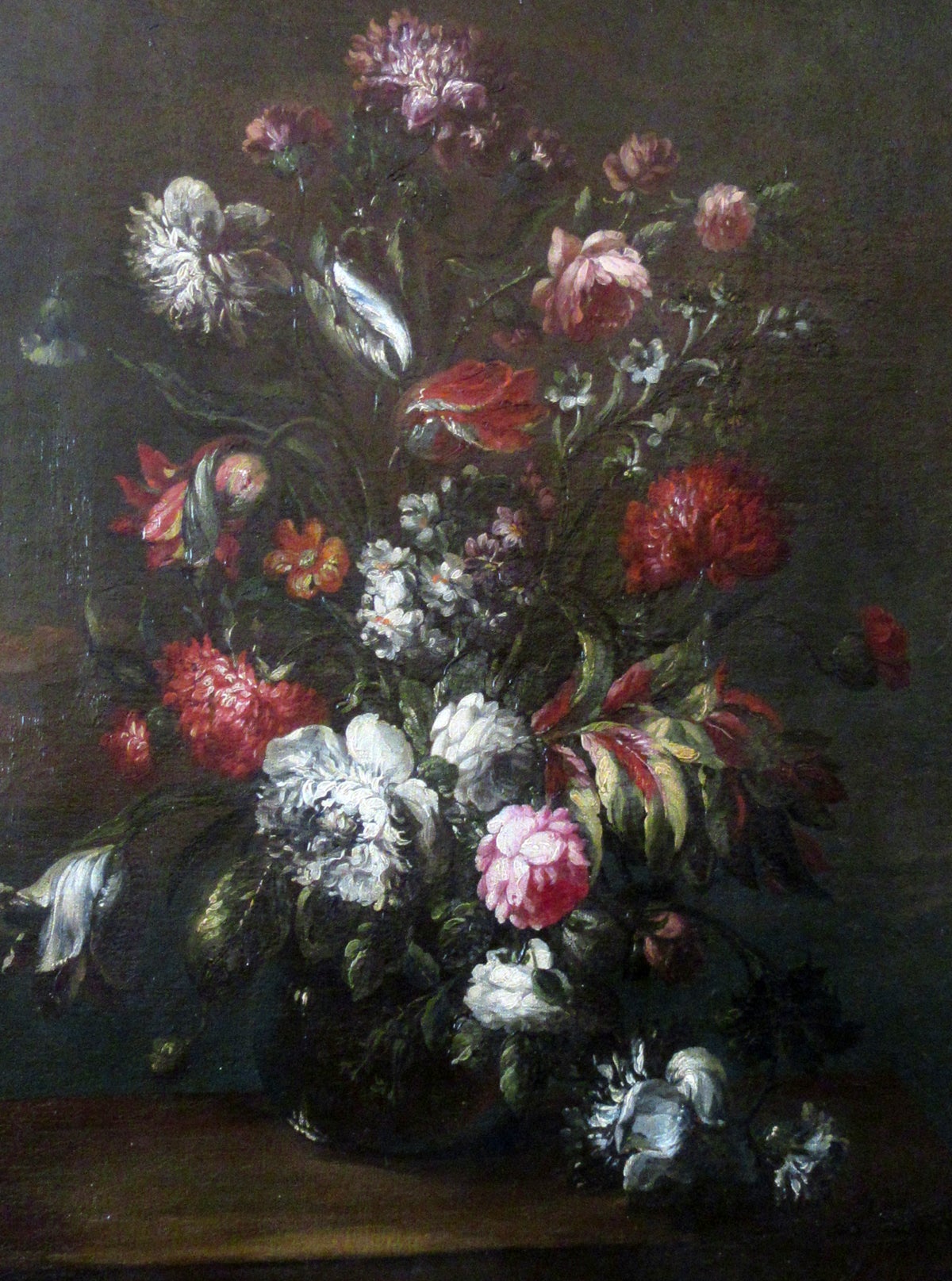Dutch Floral Still Life
Early still life paintings particularly before 1700 often contained religious and allegorical symbolism relating to the objects depicted.

Dutch floral still life. Bosschaert was the first great dutch specialist in fruit and flower painting and the head of a family of artists. The dutch golden age led to a tremendous outpouring of still life paintings in the 17th century. The northern netherlandish provinces that made up the new state.
In general the rise of still life painting in the northern and spanish netherlands reflects the increasing urbanization of dutch and flemish society which brought with it an emphasis on the home and personal possessions commerce trade learningall the aspects and diversions of everyday life. Since then critics have generally belonged to two opposing schools of thought when it comes to interpreting them. A rising interest in botany and a passion for flowers led to an increase in painted floral still lifes at the end of the 1500s in both the netherlands and germany.
Dutch golden age painting is the painting of the dutch golden age a period in dutch history roughly spanning the 17th century during and after the later part of the eighty years war 15681648 for dutch independence. E have channeled a dutch still life painting for this arrangement which is both autumnal and beautiful. Still life as a particular genre began with netherlandish painting of the 16th and 17th centuries and the english term still life derives from the dutch word stilleven.
Many floral still lifes for instance show combinations of flowers that do not bloom at the same time of year. The new dutch republic was the most prosperous nation in europe and led european trade science and art. On one side the generally somber scenes are read symbolically through the lens of.
The emergence of the dutch school of painting in the early seventeenth century is one of the most extraordinary phenomena in the history of the visual arts. The netherlands had only recently become a political entity and was still suffering from the effects of a long and arduous war against spain. See more ideas about still life flower art and painting.
Heres how to create this seasonal arrangement complete with a list of florals. Before the mid 1600s though the dutch themselves usually referred to pictures by their individual subjects such as breakfast piece or winter snow scene the apparent realism of much dutch art can be deceptive.
